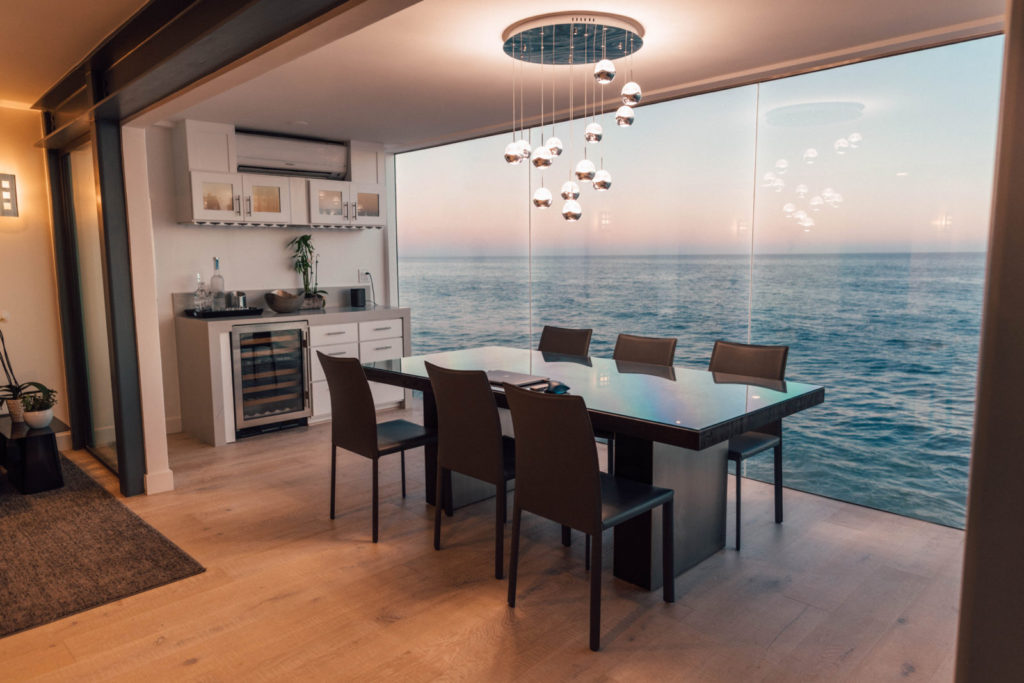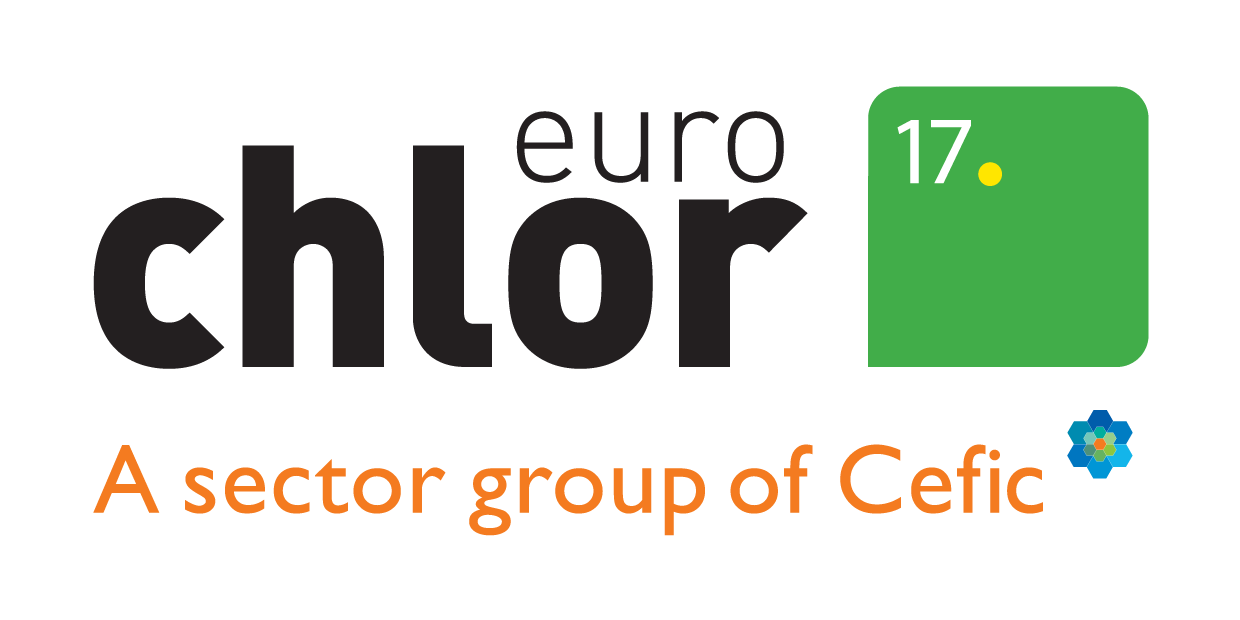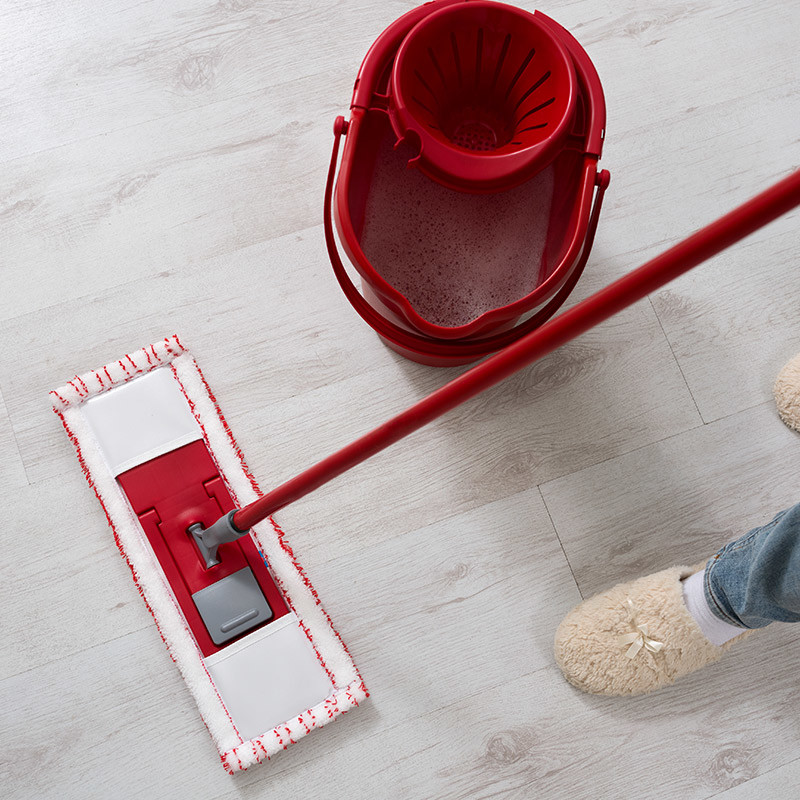Vinyl and PVC provide interior design creativity
PVC wallpaper, for example, can be created in any colour of the rainbow and any design imaginable. Even embossed finishes are possible. Long-lasting and easy to install, most PVC wallpapers are washable if they become dirty.
Other PVC solutions for walls include panels which can also be applied to ceilings. PVC panels are ideal for use in bathrooms, kitchens and other wet areas such as laundries. As well as waterproofing the walls and ceiling, they are quick and simple to install, light to transport, hard wearing and typically fire resistant.
For floors, PVC is available in rolls or tiles. Both are extremely durable, easily cleaned and waterproof. PVC tiles offer a little more flexibility as individual tiles can be replaced if they become worn or stained through long-term use.
Vinyl on the Inside
Vinyl chloride, better known simply as vinyl, is the precursor to PVC, but is used in many of the same applications. One of the most common uses for vinyl is as a flooring material – particularly for institutions such as schools and hospitals. It is an ideal solution for industrial flooring because of its cost-effectiveness, cleanability and durability in high-traffic areas.
Vinyl composition tiles (VCT) are also used in commercial and industrial premises. Made from coloured vinyl chips, the tiles can be formed into different thicknesses. For example, thicker tiles might be used in areas where impact damage or noise transmission is a consideration. VCT have a distinct advantage as they can be stripped and refinished repeatedly to maintain their appearance. Like their PVC counterparts, individual tiles can be removed if they become dirty or worn.
With chlorine chemistry there is a design solution to suit almost any interior application. Making a choice might be the hardest part of the process.
> Read more about PVC and its applications online


